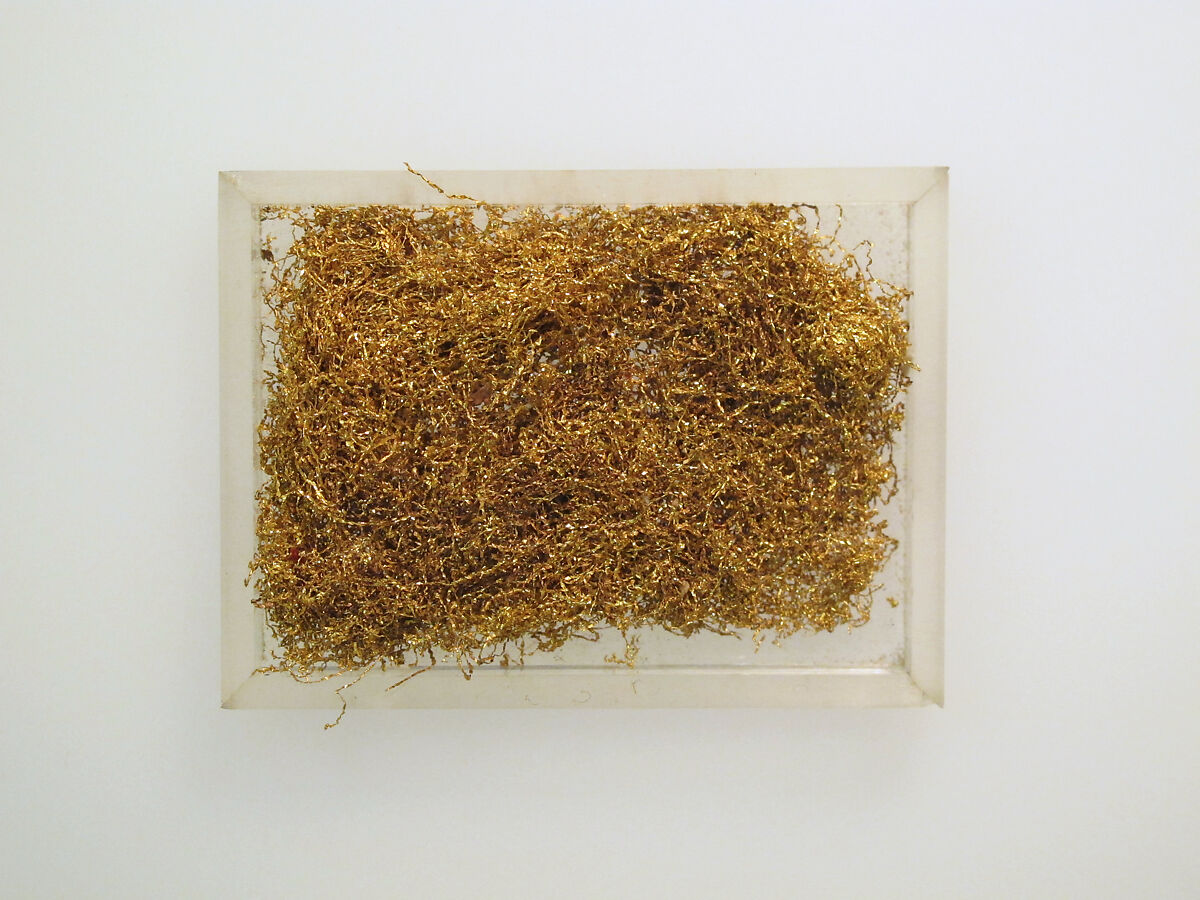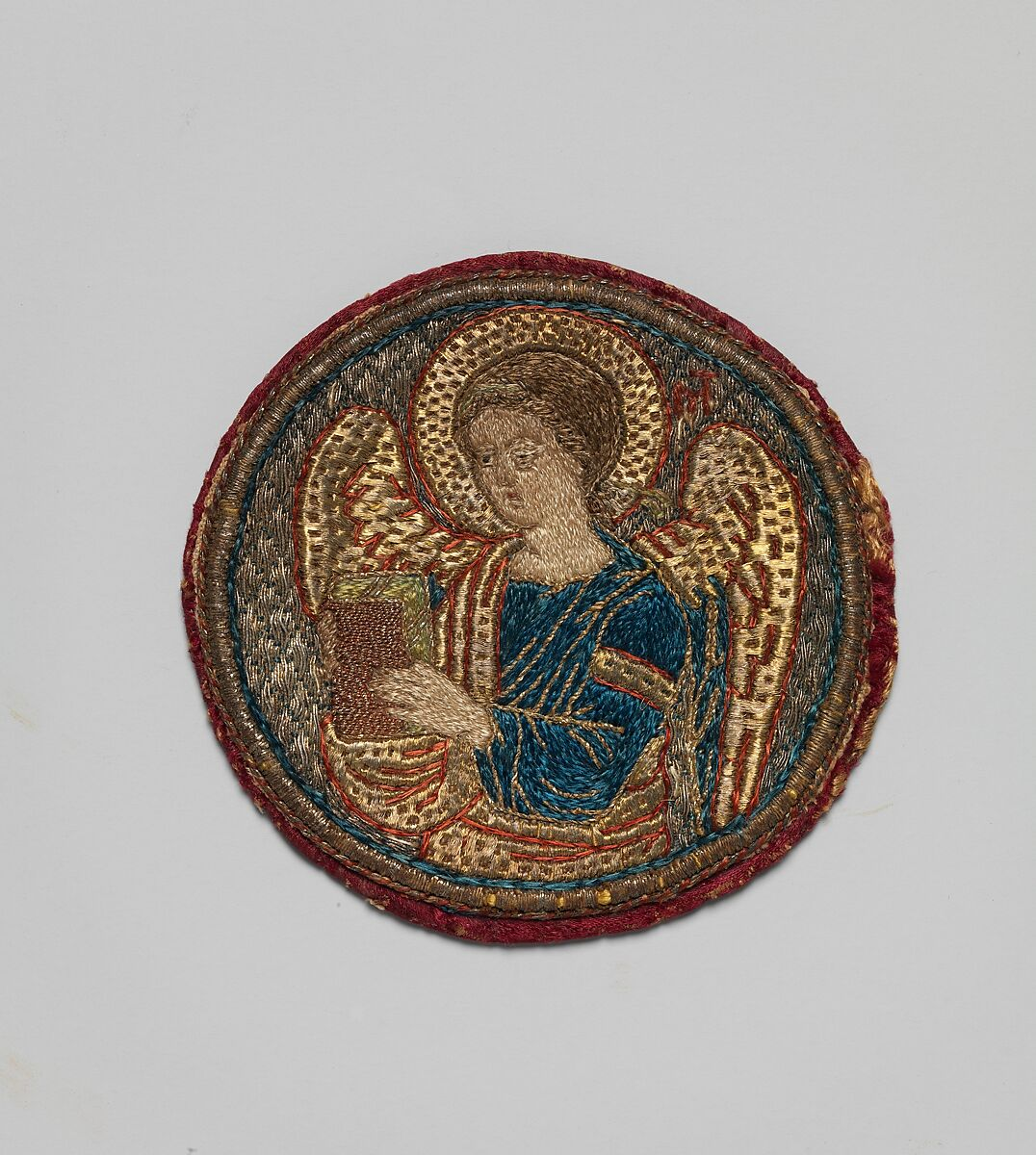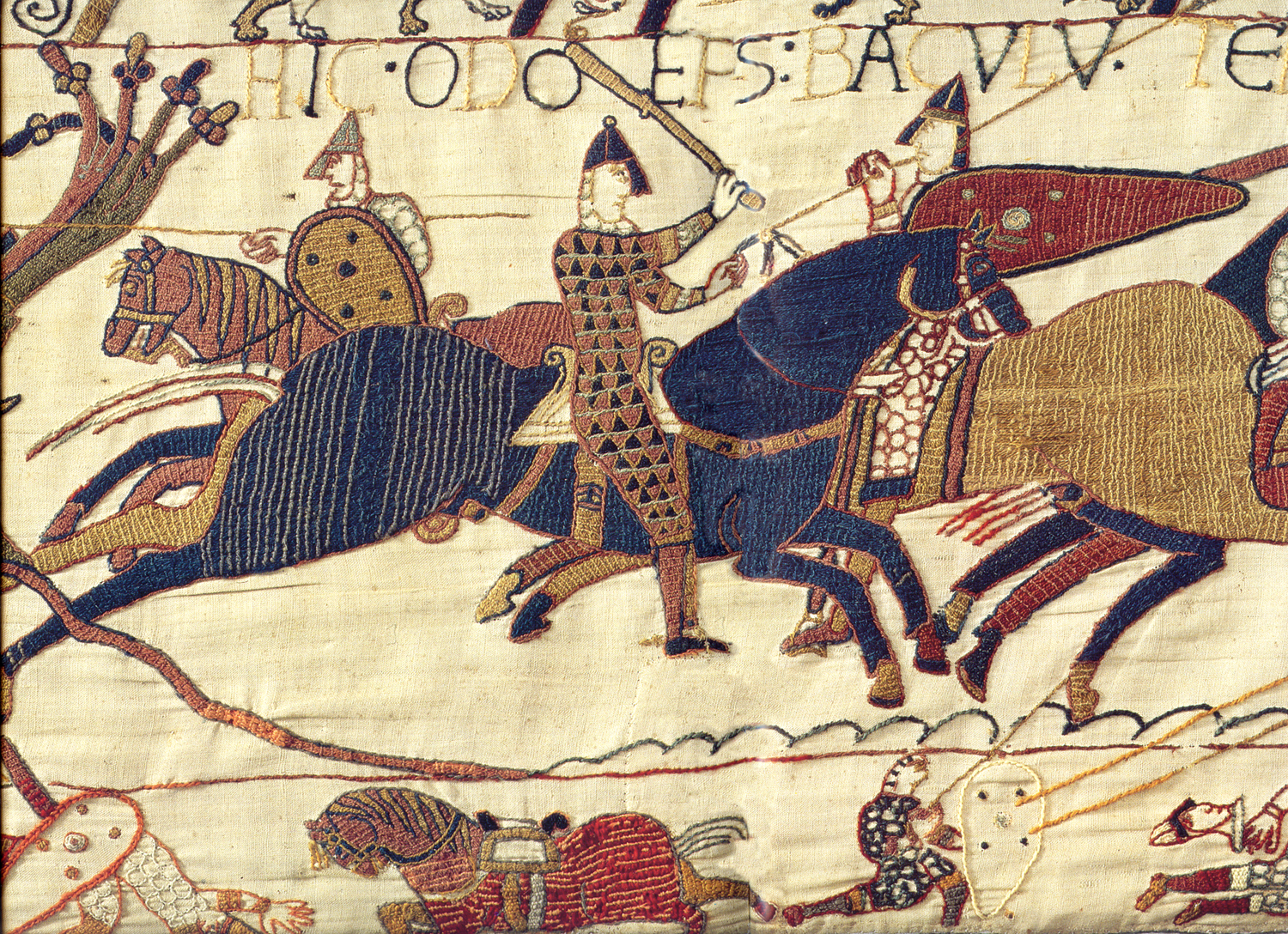
How Metal Thread Has Been Used in Fine Embroidery Throughout History
Summary
Reflection Questions
Journal Prompt
An art form that intertwines threads of myriad hues into fabric to create intricate patterns and motifs, fine embroidery has adorned human attire and dwellings for millennia. Metallic thread, in particular, is often considered superior due to its lustrous allure and opulence. This shimmering medium has been skillfully used to signify status, celebrate culture, and showcase craftsmanship from the ancient world to the present day. In this article, we delve into the rich history of metal thread in fine embroidery, tracing its evolution from the delicate handiwork of ancient artisans to artists who currently wield the needle. Join us as we unravel the golden threads that have woven through time, illuminating both the artistry and ingenuity of generations.
Early Origins and Historical Uses of Metal Threads

Metal thread was used often in art, tapestries, linens, and elegant clothing throughout many ages and cultures. For example, it was quite popular during the Late Tudor and Stuart Eras in England. As Cristina Balloffet Carr writes in her essay for the Metropolitan Museum of Art’s Department of Textile Conservation, “Metal thread [or filé], was made up of metal strip wrapped around a silk thread core.” According to Carr, it was “The color and twist of the silk cord, the size of the strip, and the angle and direction in which the metal strip was applied [that] determined the appearance of the thread.”
However, the use of metal thread in embroidery is actually a practice as ancient as it is splendid, with its origins rooted deeply in the rich soils of early human civilization. Evidence of this exquisite form of artistry can be traced back to ancient Egypt, where burial garments shimmered with gold thread, to the luxurious silks of China embroidered with fine silver, the regal togas of Rome accentuated with metallic hues, and the sacred textiles of India adorned with copper and gold. These civilizations not only mastered the art of transforming precious metals like gold, silver, and copper into fine threads but also imbued their textiles with cultural significance and aesthetic value that were unparalleled.
The process of manufacturing metal thread was intricate and labor-intensive, involving flattening the metal on a plate into thin ribbons until smooth before carefully winding them around a silk or cotton core, a testament to the ancient artisans’ ingenuity and skill. Over centuries, these techniques evolved, adapting to the materials and tools available, yet always striving to enhance the luminosity and durability of the embroidery, ensuring its place as a treasured form of artistic expression through the ages.
Techniques and Application of Metal Threads

How metal threads are and have been sewn varies. The art of incorporating metal threads into embroidery is characterized by a repertoire of specialized techniques, each developed to maximize the visual and tactile qualities of metallic elements in textile art. Among these, couching and or nué stand out for their historical significance and aesthetic versatility.
Fuel your creative fire & be a part of a supportive community that values how you love to live.
subscribe to our newsletter
*please check your Spam folder for the latest DesignDash Magazine issue immediately after subscription

Couching involves laying metal threads flat against the fabric and then securing them in place with finer threads, allowing for the creation of intricate designs with a rich, textured finish. Or nué, a more complex technique, uses colored threads to hold the metal in place, creating shaded patterns that give the illusion of depth and subtlety to the metallic sheen.
Laid work, similarly, involves placing threads parallel to each other across the surface, then fixing them with small stitches instead of passing thread through, offering another method to achieve luminous effects. These techniques not only highlight the unique properties of metal threads but also showcase the embroiderer’s skill in manipulating materials to produce works of art that are both durable and dazzling.
Inclusion in Historical Textiles

Metal thread embroidery has graced the fabrics of the most exalted items throughout history, symbolizing wealth, divinity, and authority. This splendid form of artistry found its place in ecclesiastical garments, such as vestments and altar cloths, which were often adorned with gold and silver threads to signify the celestial and divine. Royal attire, too, was richly embellished with metal threads, not just as a display of wealth but as a manifestation of power and status.
Beyond the sacred and the sovereign, luxury goods designed for the affluent — from opulent home décor to lavish accessories — were intricately decorated with metal threads, making them coveted symbols of prestige. These applications underscored the dual role of metal thread embroidery: as a medium of artistic expression and as a tangible marker of societal hierarchy.
Iconic Examples

Among the myriad of artifacts adorned with metal thread embroidery, certain pieces stand out for their historical significance, meaningful design, and unparalleled craftsmanship. The Syon Cope, a masterpiece of medieval English embroidery, showcases an intricate array of saints and biblical scenes rendered in gold and silver threads, exemplifying the height of religious artistry in the 13th century.
Equally significant, though of a different nature, is the Bayeux Tapestry. While not a true tapestry but an embroidered cloth, it offers a visual narrative of the Norman Conquest of England in 1066, with metallic threads accentuating the importance and drama of its historical figures and events.
From the East, garments from the Ming Dynasty in China demonstrate the sophistication of metal thread embroidery in fashion, featuring dragons, phoenixes, and symbolic motifs that denote status and spirituality, woven with fine gold that illuminates their significance against silk and beads. These case studies not only highlight the diverse applications and cultural meanings of metal thread embroidery but also the remarkable skill and creativity of artisans across different epochs and geographies.
The Cultural Significance of Using Metal Threads

Metal thread embroidery transcends mere decoration, symbolizing a tapestry of status, power, and spiritual devotion across various cultures. Historically, the incorporation of gold, silver, and other precious metals into textiles was a clear indicator of wealth and authority, reserved for the elite and the divine. In religious contexts, these threads were not just decorative but served to elevate the sanctity of ceremonial garments, making them luminous with spiritual significance.
From the gold-embroidered vestments of Christian clergy to the intricate Islamic calligraphy on mosque curtains, metal thread has been a universal medium through which devotion is both expressed and experienced. Moreover, the preservation of this art form through generations owes much to dedicated communities and guilds, who have meticulously maintained the traditions and skills of their forebears, ensuring that the brilliance of metal thread embroidery continues to illuminate the fabric of our cultures.
Evolution and Modern Applications
The journey of metal thread embroidery from the painstakingly handcrafted to the precision of machine-assisted techniques mirrors the broader narrative of human innovation. In contemporary times, artists and fashion designers have embraced metal threads not only as a nod to historical opulence but as a material for modern expression. This fusion of age-old techniques with contemporary aesthetics has led to breathtaking creations that challenge the boundaries of fashion and art.
However, this evolution is not without its challenges, particularly in preserving the integrity and craftsmanship of traditional metal thread embroidery in an age of rapid technological advancement and changing tastes. Innovations in materials and methods have opened new avenues for creativity, enabling artisans to explore textures, colors, and effects that were once unimaginable, thus ensuring the legacy of metal thread embroidery is both preserved and perpetually reinvented.
Final Thoughts on the Beauty and History of Metal Embroidery

The allure of metal thread in embroidery, with its centuries-old heritage and luminous beauty, continues to captivate and inspire. Its journey from the sacred robes of antiquity to the avant-garde designs of today underscores not just the enduring appeal of this art form but also the importance of preserving its legacy.
As we move forward, the challenge and opportunity lie in marrying tradition with innovation, ensuring that metal thread embroidery remains a vibrant and evolving form of artistic and cultural expression. In doing so, we pay homage to the generations of artisans whose hands have woven not just threads but the very history of human creativity, ensuring that this golden thread continues to sparkle in the tapestry of our shared heritage.
Design Dash
Join us in designing a life you love.
Styling Spaces Seasonally for Evergreen Portfolio Content + Of-the-Moment Marketing
Learn how interior designers can style spaces seasonally to create both evergreen portfolio images and timely marketing content.
Counting Down Our Most Listened-To Episodes of 2025: Brittny Button
Learn why our conversation with Brittny Button became one of the DesignDash Podcast’s most listened-to episodes of 2025.
10 Finn Juhl Furniture Pieces That Embody Danish Modern Design
As evidenced by these 10 iconic Finn Juhl furniture pieces, he exemplified Danish Modernism through sculptural forms and architectural angles.
Counting Down Our Most Listened-To Episodes of 2025: Jamie Young
On the DesignDash Podcast, enjoy Jamie Young’s insights on building a timeless design brand through grit, reinvention, and strategic growth
What Do I Do If My First Client Ghosts Me After I Send the Proposal?
Learn how to respond when a PNC goes silent after receiving a proposal from your firm. Promise, ghosting is almost never a reflection of your work!
What Is Gustavian Interior Design, And Is It Still Relevant Today?
Georgian interior design’s light palettes, balanced proportions, and restrained Neoclassical details make the Swedish style relevant.








